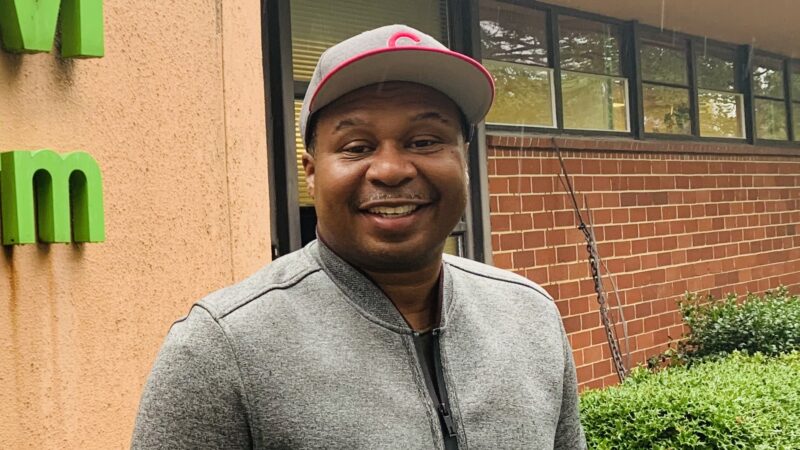More than a Quarter of Alabama’s Children Live in Poverty, Report Finds
A new study shows that more than 26% of Alabama’s children are living at or below the poverty level.
The 2015 Kids Count Data Book released this week by VOICES for Alabama’s Children provides a snapshot of well-being across several indicators including education, health and safety.
“Well I think any time you’re talking about the well-being of a child you are also talking about the future of a city, or a state, or a nation,” said VOICES policy and research director Rhonda Mann.
She says poverty is an underlying thread that can impact every aspect of a child’s life, especially early on.
“The first three years of life, a child growing up in poverty is more likely to have heard 30 million fewer words,” Mann explained. “And during the first three years and five years is when 90 percent of brain development occurs.”
Mann says children growing up in poverty often start school behind their peers and can have a hard time catching up.
The report used Census data to determine five year averages for child well-being across education, health and safety. In 2014 there were 4,849,377 people living in Alabama. Of those, more than a quarter were children. The state saw decreases in White and African-American children, while the number of Hispanic children increased by more than 191% since 2000, making Hispanic children the fastest growing population in the state in 2014.
Among health indicators, infant mortality rates remained steady at roughly nine deaths per 1000 live births. This number may seem low, but according to the data book, that constitutes nine busloads of children who will die before their first birthday. Infant mortality rates for African-American babies decreased 8.24% from 13.6 in 2003 to 12 in 2013. However, the infant mortality rate for this group is still twice as high as White babies.
In education, the high school graduation rate rose 6% in the 2013-2014 school year to a high of 86%. The report credits access to early learning programs as a factor in the increase.
Child safety shows several positive changes. The rate of child abuse and neglect declined by 13.3% from 2004 to 2014. The child death rate also decreased 13.4% from 2003 to 2013.
Mann adds that, while many of these indicators show positive changes, there is still work to be done. She says that children, especially those who are poverty-stricken, can only benefit from early childhood education like pre-K classes. and that education gives all children a better chance at being successful in the future.
No more Elmo? APT could cut ties with PBS
The board that oversees Alabama Public Television is considering disaffiliating from PBS, ending a 55-year relationship.
Nonprofit erases millions in medical debt across Gulf South, says it’s ‘Band-Aid’ for real issue
Undue Medical Debt has paid off more than $299 million in medical debts in Alabama. Now, the nonprofit warns that the issue could soon get worse.
Roy Wood Jr. on his father, his son and his new book
Actor, comedian and writer Roy Wood Jr. is out with a new book -- "The Man of Many Fathers: Life Lessons Disguised as a Memoir." He writes about his experience growing up in Birmingham, losing his dad as a teenager and all the lessons he learned from various father figures throughout his career.
Auburn fires coach Hugh Freeze following 12th loss in his last 15 SEC games
The 56-year-old Freeze failed to fix Auburn’s offensive issues in three years on the Plains, scoring 24 or fewer points in 17 of his 22 league games. He also ended up on the wrong end of too many close matchups, including twice this season thanks partly to questionable calls.
In a ‘disheartening’ era, the nation’s former top mining regulator speaks out
Joe Pizarchik, who led the federal Office of Surface Mining Reclamation and Enforcement from 2009 to 2017, says Alabama’s move in the wake of a fatal 2024 home explosion increases risks to residents living atop “gassy” coal mines.
‘It’s like feeling the arms of your creator just wrapped around you’: a visit to a special healing Shabbat
Members of Temple Emanu-El in Birmingham gathered recently for their traditional Friday Shabbat service. But this particular service was different, as could be seen by all the people dressed in their finest pink.








